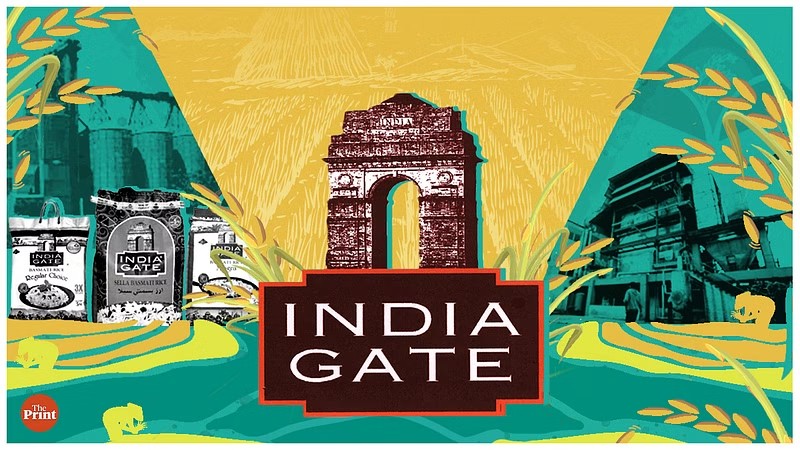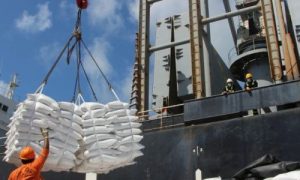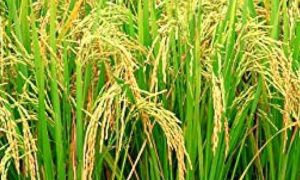India Gate basmati rice was created in Delhi’s Naya Bazaar. It remains undefeated leader

Riding on the back of technology, India Gate basmati rice was created at a defunct rice plant in Punjab’s Dhuri. It become one of the largest rice millers in India.
KRBL Limited, named after its founders Khushi Ram and Behari Lal, is one of the world’s largest rice miller today. The company’s most popular brand, India Gate, is the largest-selling basmati rice brand in India.
The story of this rice behemoth started modestly in the small city of Lyallpur, Faisalabad in present-day Pakistan, but without any rice in its trade repertoire. In the 1800s, the undivided Punjab grew only two crops—cotton in winter and wheat in summer. The brothers Khushi Ram and Bihari Lal ran a small firm in 1889 that purchased cotton from farmers of Punjab and sold it to cotton mills in Bombay (now Mumbai). As the business grew, the next generations set up their own cotton ginning mills and a couple of textile mills. They also purchased wheat from farmers and sold it to British agencies. But all expansion plans hit a roadblock with India’s Partition in 1947.
Families of Khushi Ram and Behari Lal fled to India on a Dakota 32 plane—a flight chartered for Rs 4,000, a princely sum in those days. The plane landed at the Safdarjung airport, which was an active airstrip at that time. As luck would have it, the family owned a building in Naya Bazar, in Delhi’s Chandni Chowk, which had been rented out to the British as an office. The family found the building locked and unused. They broke the lock, entered the empty building, and re-started their new innings from Naya Bazar.
“Breaking into a tenant’s premise led to a long court case but that seemed like a small price to pay for having a roof over our heads during those turbulent post-Partition days of 1947,” says Anil Mittal, the managing director of KRBL and the great-grandson of founder Behari Lal.
















